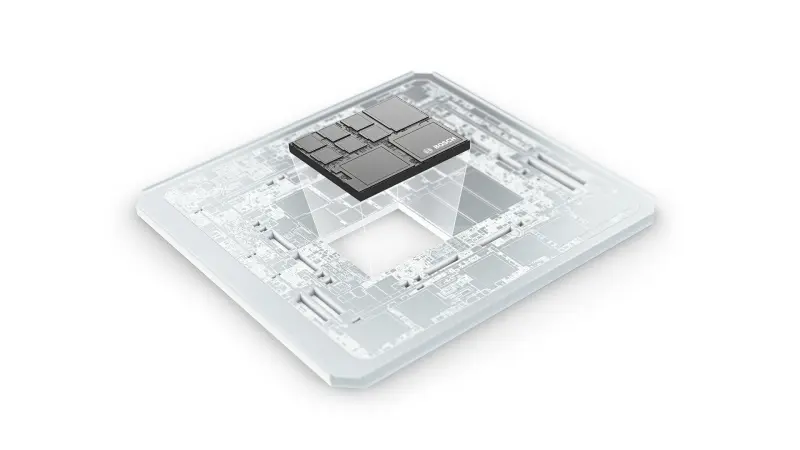X_CAN
Protocol controller IP for Classical CAN / CAN FD / CAN XL
Application & Technical Summary
Product benefits
- Support of Classical CAN, CAN FD, and CAN XL
- Supports mixed CAN FD/CAN XL networks
- Full support of CAN XL protocol with payloads up to 2048 bytes
- Enable the use of higher layer protocols (e.g. TCP/IP, SOME/IP) and tunneling of complete Ethernet frames
- Bit rate of up to 20Mbit/s, user configurable
- Message storage in system memory of SoC
- Internal DMA engine, X_CAN acts as DMA master for message handling
- Low CPU impact, any accesses to/from the system memory are done using the internal DMA engine (less interrupts)
- Only small local memory needed
- 4 Kbytes considering 128 filter elements and 256 references defined
- Message storage in system memory
- AXI4 DMA system, bus interface 32bit, max. burst size of 8x32bit
- 64-bit Timestamps from external Timebase
- Enhanced Safety with CAN XL protocol
- Improved stuff bits for a more robust communication
- Header and Frame CRC (13 and 32bit) included to enable safe communication
- Functional Safety Ready
- X_CAN is being developed as Safety Element out of Context (SEooC) according to ISO 26262-11:2018, Clause 4
- Safety Manual and FMEDA available on request.
Status
The specification of the CAN XL protocol and physical layer is released by the ISO (International Organization for Standardization).
- The ISO 11898-1:2024 specifies the CAN protocols (CAN CC, CAN FD, CAN FD light and CAN XL)
- The ISO 11898-2:2024 specifies the CAN transceivers (CAN HS, CAN FD, CAN SIC, CAN SIC XL)
In addition, many other CAN related standards will be updated simultaneously to support CAN XL. E.g. the CAN Conformance Test according to ISO 16845.
Mandatory License of CAN Protocols
The CAN Protocols are patented products developed by Robert Bosch GmbH.
A CAN Protocol License is required for all implementations of CAN FD, CAN FD Light, TTCAN and CAN XL modules.

